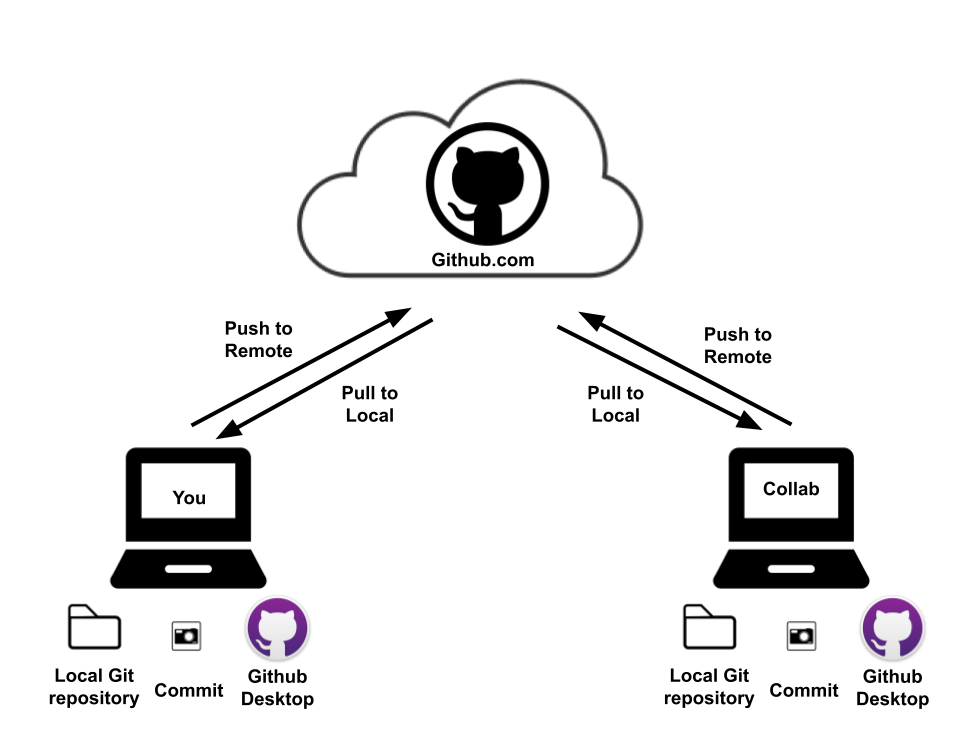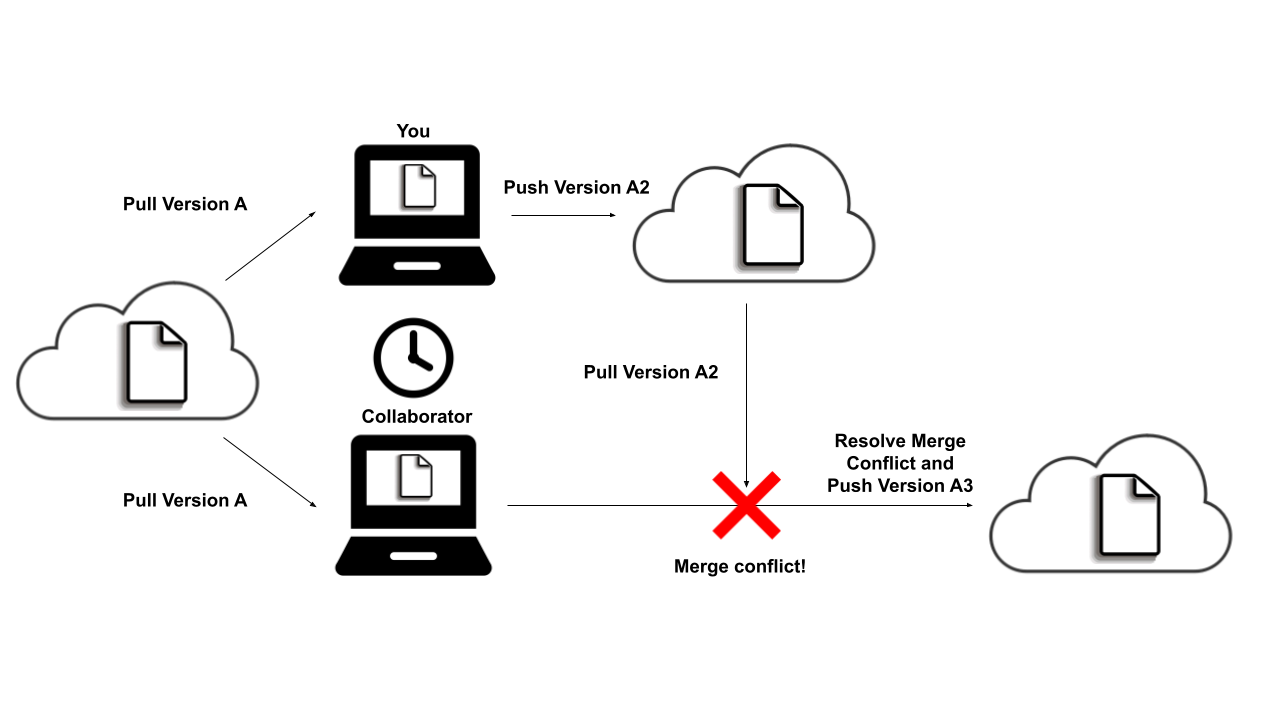Git and Github
You’ll collaborate with others and submit assignments through Git, Github, and Github Classroom.
Git: a version control software typically run in the shell/terminal of your computer that helps you keep track of the history of a document (updates, changes, etc.). We’ll use a user interface, Github Desktop instead of the shell/terminal.
Github: an online repository platform that facilitates collaboration between individuals and provides a space for you to showcase your work to others.
Github Copilot: a code completion tool developed by Github and OpenAI designed to convert input English code comments to runnable code (recent reports from Github claims that it is accurate about 50% of the time). It is trained on a selection of the English language, public Github repositories, and other publicly available source code.
Github Classroom: a system within Github that helps students to create Git/Github repositories with starter code and files provided by the instructor for assignments.
Git/Github Overview
Basics of Git
Repository (Repo): A folder or directory that has been indicated for Git to follow changes over time.
Add: Users must tell Git to follow new files and/or subdirectories in the Repo.
Commit: A snapshot of the current status of files and subdirectories in the Repo with a time stamp and message/description.
Push: To communicate with collaborators, users must push their commits to the remote server (typically Github).
Pull: To see what your collaborators have done, users must pull any new commits from the remote server (typically Github).

Merge Conflict: When two collaborators are working on the same committed version of the files and change the same line in a file, there will be a merge conflict. In order to proceed, the 2nd individual attempting to push a new commit will need to resolve the conflict.
To resolve a merge conflict:
Open the file(s) that have been indicated to have a conflict.
Look for the problematic areas in the file(s).
They’re surrounded by <<<<<<< and >>>>>>>.
The content after the first marker originates from our current working branch (HEAD).
The line with seven equals signs (=======) separates the two conflicting changes.
Decide which code to keep and remove the <<<<<<< and >>>>>>> and ======= from the file. Save and commit before pushing.
